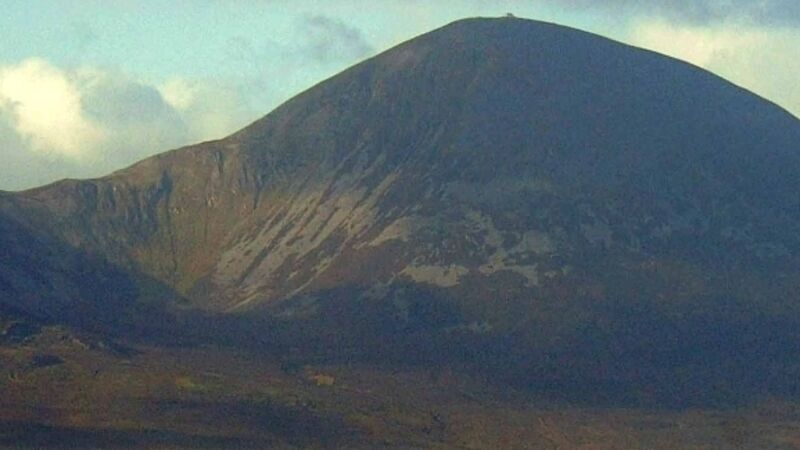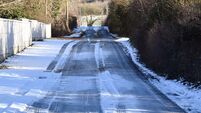Damage on Croagh Patrick due to erosion may leave access severely restricted

Such is the scale of damage to Croagh Patrick — visited by an estimated 100,000 people each year — that some locals in Mayo believe it is irreversible. On a trip to that beautiful area by Clew Bay, a few weeks ago, I had a look and can confirm the many concerns voiced in recent years are not exaggerated.
The path on the mountain is in a dreadful state — like an ugly, grey scar — from over-use and lack of maintenance and management. Scottish mountaineering expert Rob Aitken described it as the “worst-damaged’’ mountain pathway in Ireland or the UK. He’s probably correct.











